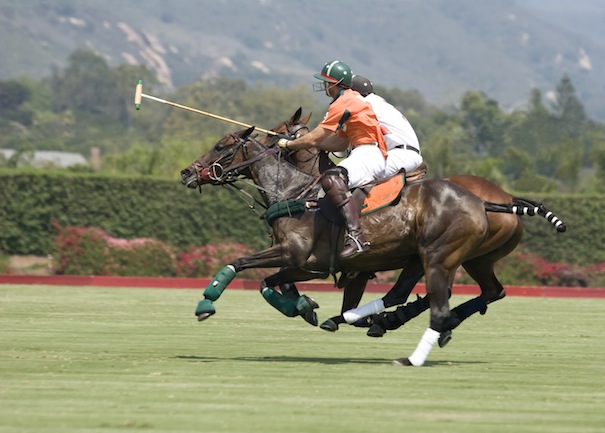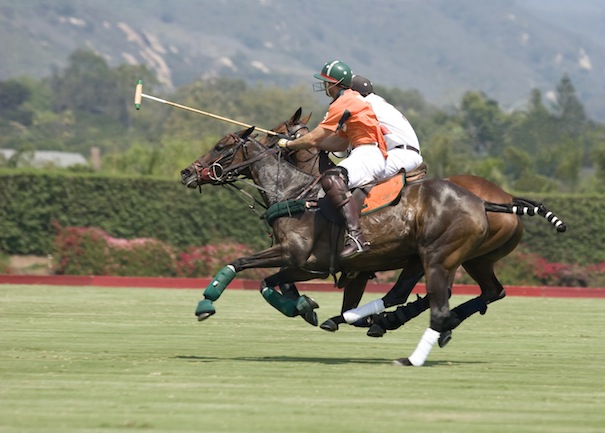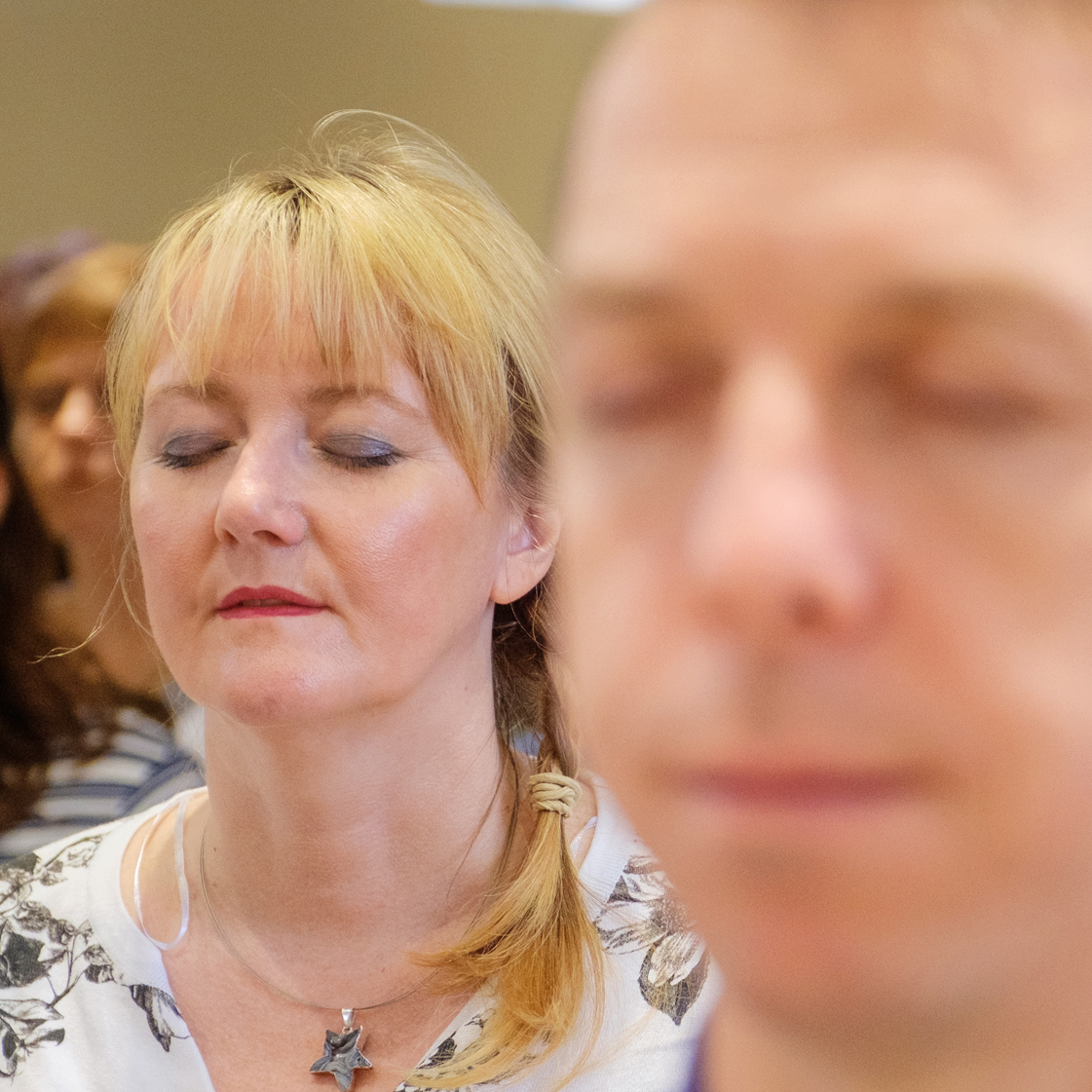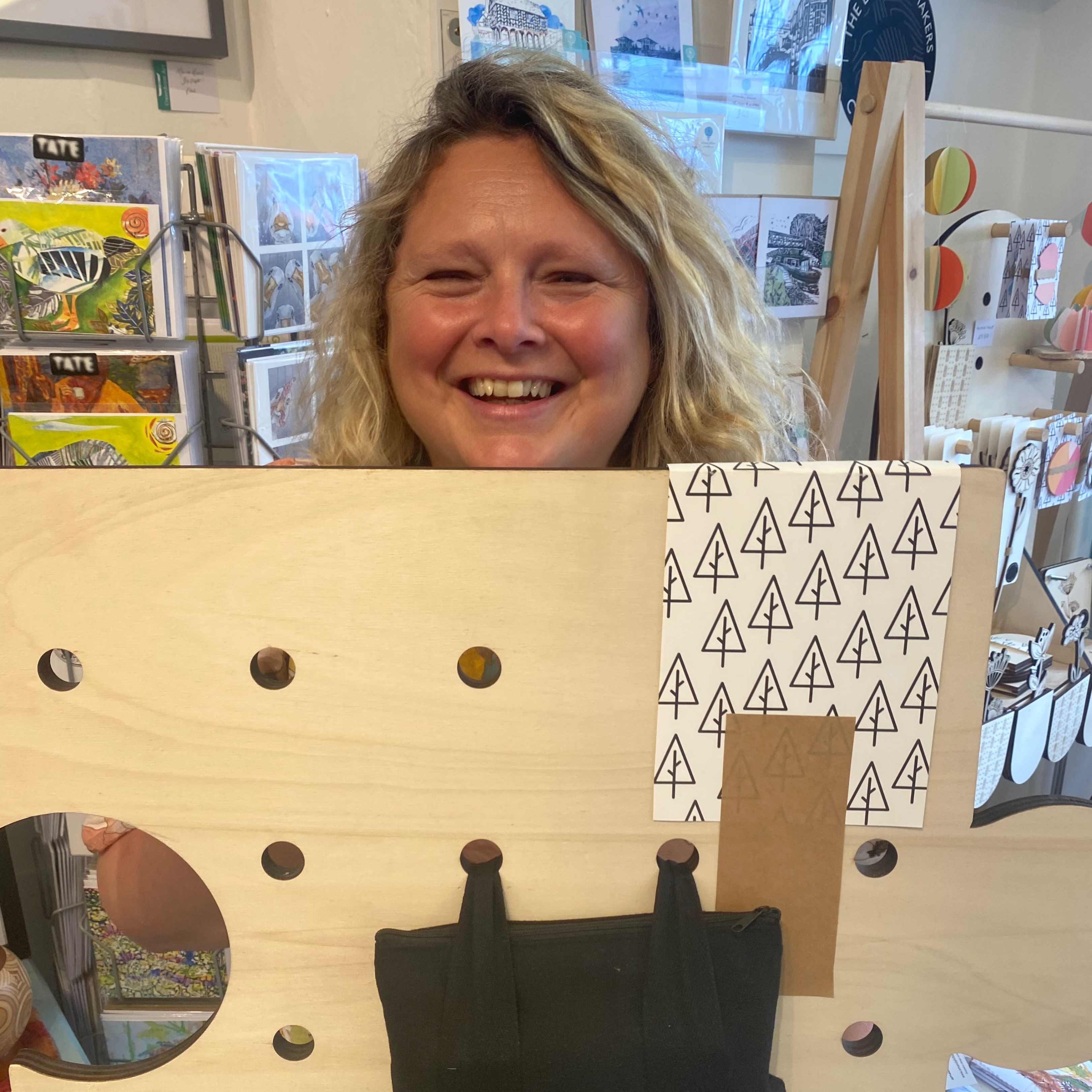
Specialist equine vet Kate Maxwell shares some tips to keep our equine friends’ pegs in tip top condition.
The lower limbs of a horse consist of bone, joint and tendon with very little protective muscle, which makes them particularly vulnerable to damage – in fact, it’s usually lameness that precipitates a vet’s visit to a horse-owning home. But a few simple steps can go a long way towards keeping horses’ legs healthy.
First things first…
A good warm-up before riding involves gradually raising the heart rate to increase the amount of oxygen in the blood. This helps prevent injury to muscles, ligaments and tendons as it increases the mobility and elasticity of muscles, minimising the amount of strain placed on tendons and ligaments. How you warm up your horse depends on the animal itself, your chosen discipline, and the ground conditions, but choose a consistent regime that is easily repeatable.
Similarly, cooling down at the end of a session is fundamental as it allows lactic acid to be released from tired muscles, reducing the risk of injury.
Protect those pins!
Good leg protection is worth the investment. Boots are a good choice as they are easy to fit, remove and keep clean. However, there are a few problems horse-owners should be aware of, such as heat build-up and excess weight, restriction of movement and poor fit; badly fitting boots are worse than no boots at all.
Correctly fitted bandages can also help protect and support ligaments and tendons. As in the case of boots, though, if they’re incorrectly fitted – uneven, or too tight, for example – bandages can do more harm than good.
Whatever protection you opt for, remove it immediately after exercising your animal to prevent any injuries caused through excessive heat build-up in the tendons and ligaments. If your horse has been galloping or jumping on hard ground or exercising on a hot day, hose down its legs with cold water for a good five minutes. Finish off with a gentle walk around the field or yard before stabling your steed.
Watch carefully after exercise
A visible limp is an indicator your horse may have sustained an injury during exercise. The most common injuries result from over-reach or brushing; bruising and inflammation as a result of knocking fences; and tendon or ligament injuries due to excessive extension of the lower limb.
Prevention is always better than cure, so if you have any concerns about your horse’s legs, speak to your vet.
– Kate Maxwell BSc (Hons) BVSc MRCVS GPCert (EqP)
Severn Edge Veterinary






